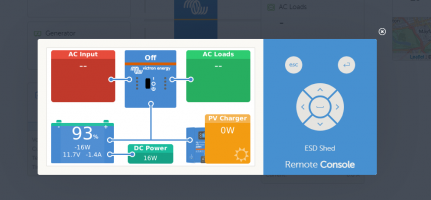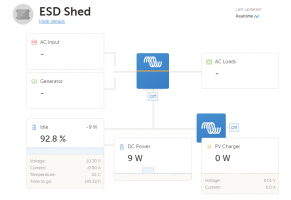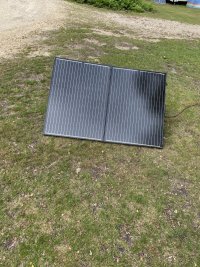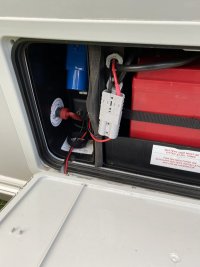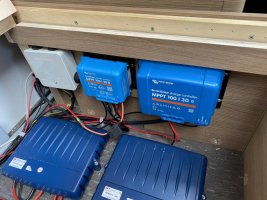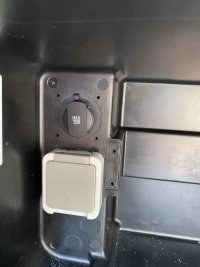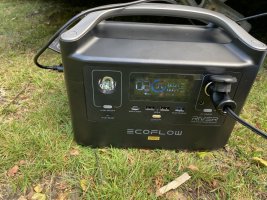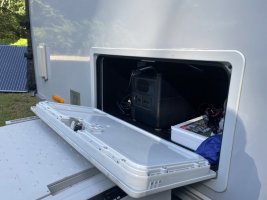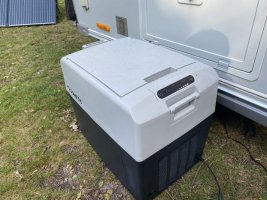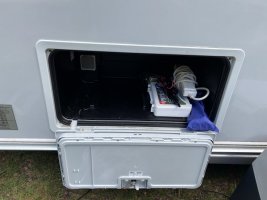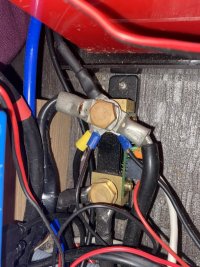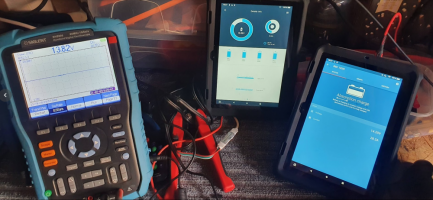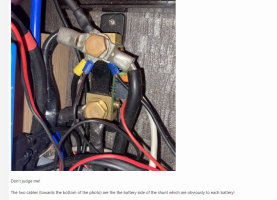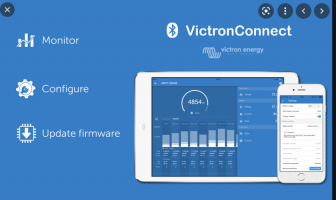Stuck in Britain with no T6 yet (as it approaches 12 months from placing my vehicle order) but who cares, I’ve been using my time wisely and planned my conversion in such minute detail that it’s going to be awesome!
Now that the schools have broken up, we’re away as a family (of five) in our caravan and because this is the first extended holiday (that we’ve only just started) spent “off grid” in Britain, it has come as a bit of a revelation that that my 550W of solar panels and 240Ah of batteries are absolutely pants at running everything that we’re used to in the south of France!
Okay, don’t get me wrong, most families would be ok with what is quite a capable system, but my family seem determined to take the p*$$! Four coffees from the Nespresso and I get told “The toaster is broken!”
These last few days have been ok and we can occasionally use a coffee machine, vacuum the grassy floor, etc, but the single issue for me is the extra fridge….. after being overexposed to my own family for a full day without the normal respite provided by going to work, an extra fridge dedicated to beer and wine is more important that I could have ever imagined!
So, 4 days of insufficient sun led me to refer to this mighty forum and BOOM! The problem is resolved which is is largely down to @Dellmassive threads relating to Ecoflow and Allpowers products!
I installed a new cigarette socket rated at (20A) and fed it from the smaller of my MPPT controllers load ports. (Now, when my solar has a system voltage to over 13.75V (for 2 mins) the Ecoflow Pro takes a charge of 8A. (I could reduce this if I need to.)
If system voltage falls below 13.5V (for 2 mins) the Ecoflow stops being charged.
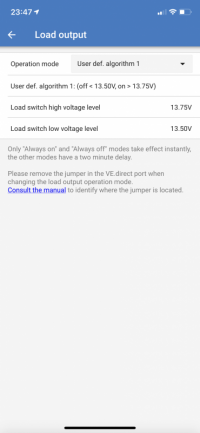
I set this up this morning and on a pretty cloudy day (sigh) and achieved fully charged domestics and Ecoflow. The fridge now is plugged in to the Ecoflow and at 11pm, the Ecoflow app tells me i have nearly 15 hours until daylight will recover my situation.
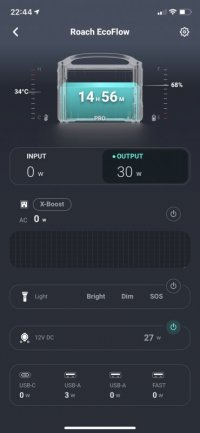
I have a slight issue in that the shunt does not recognise the power being taken from the load ports of the mppt. I can live with this for the odd times I am going to need cold beer and wine when there is little sun, unless anyone on here can tell me a way of accounting for thud better? (I have a Venus GX but both relays are doing other things, so can’t use this.)
Now that the schools have broken up, we’re away as a family (of five) in our caravan and because this is the first extended holiday (that we’ve only just started) spent “off grid” in Britain, it has come as a bit of a revelation that that my 550W of solar panels and 240Ah of batteries are absolutely pants at running everything that we’re used to in the south of France!
Okay, don’t get me wrong, most families would be ok with what is quite a capable system, but my family seem determined to take the p*$$! Four coffees from the Nespresso and I get told “The toaster is broken!”
These last few days have been ok and we can occasionally use a coffee machine, vacuum the grassy floor, etc, but the single issue for me is the extra fridge….. after being overexposed to my own family for a full day without the normal respite provided by going to work, an extra fridge dedicated to beer and wine is more important that I could have ever imagined!
So, 4 days of insufficient sun led me to refer to this mighty forum and BOOM! The problem is resolved which is is largely down to @Dellmassive threads relating to Ecoflow and Allpowers products!
I installed a new cigarette socket rated at (20A) and fed it from the smaller of my MPPT controllers load ports. (Now, when my solar has a system voltage to over 13.75V (for 2 mins) the Ecoflow Pro takes a charge of 8A. (I could reduce this if I need to.)
If system voltage falls below 13.5V (for 2 mins) the Ecoflow stops being charged.

I set this up this morning and on a pretty cloudy day (sigh) and achieved fully charged domestics and Ecoflow. The fridge now is plugged in to the Ecoflow and at 11pm, the Ecoflow app tells me i have nearly 15 hours until daylight will recover my situation.

I have a slight issue in that the shunt does not recognise the power being taken from the load ports of the mppt. I can live with this for the odd times I am going to need cold beer and wine when there is little sun, unless anyone on here can tell me a way of accounting for thud better? (I have a Venus GX but both relays are doing other things, so can’t use this.)

